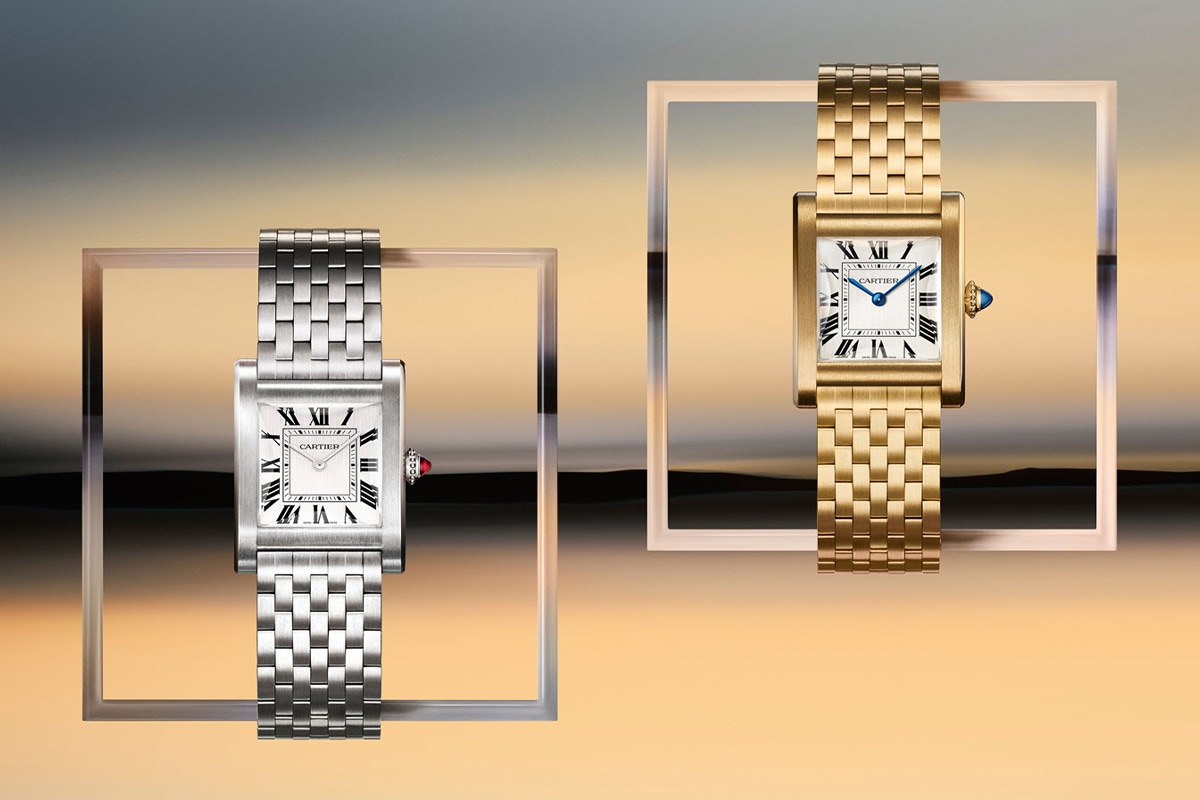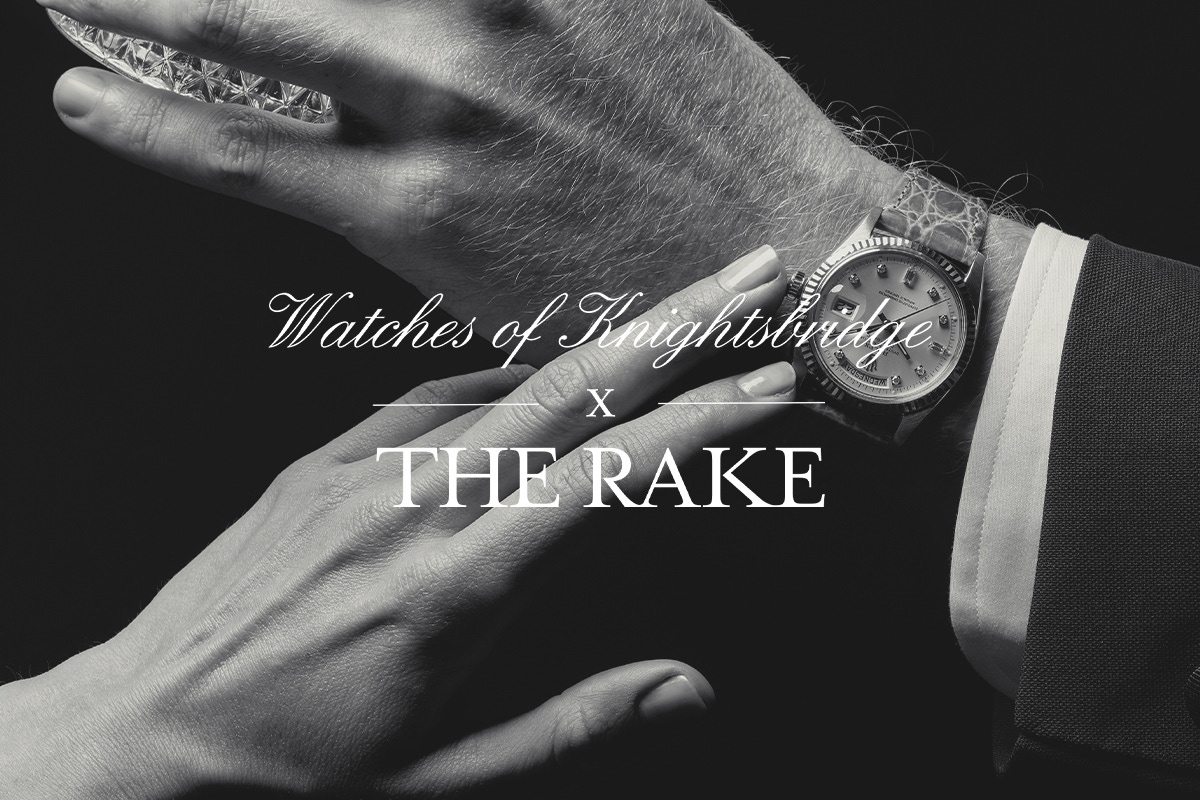Wearing a piece of history: Vintage clothing as a lasting sartorial statement
New meets old as vintage fashion redefines modern style, weaving a timeless tapestry that transcends eras.

The magnetic charm of vintage clothing weaves its timeless tapestry, rooted in history and constantly reinventing itself for modern times. Derived from the French term ‘vintage,’ meaning ‘past its time,’ this concept began to take shape in the 1920s when it described items from bygone eras. Yet, it wasn't until the 1940s that ‘vintage’ began to captivate enthusiasts, paving the way for a unique style revival.
Menswear has etched its own narrative across the annals of vintage fashion. Its roots stretch back to the early 20th century, a time when sharp suits, polished shoes, and impeccable ties personified the refined elegance of the Great Gatsby era. Post-World War II, cinema stars such as James Dean and Marlon Brando added their charisma to the vintage allure.
But it was the 1960s that marked the turning point for vintage fashion. In an era defined by Woodstock and the Kennedys, the rejection of consumerism in favor of high-quality clothing ignited a revolution. Vintage clothing became a symbol of rebellion against societal norms, making a statement about individuality, propelling the industry into significant growth.
Yet the pivotal moment arrived in the 1960s, where the rejection of consumerism and the embrace of high-quality clothing found its voice amidst the Woodstock and Kennedy era. Vintage clothing emerged as a symbol of rebellion against societal norms and echoing the call for individuality, propelling the vintage movement into significant growth.
The voyage of vintage fashion was not without its tempests. The 1980s and 1990s saw a lull in vintage's popularity, overshadowed by the dominance of mass-produced fast fashion. Though, as nostalgia and environmental consciousness came to the fore, the allure of vintage was rekindled. People began to reconnect with the past, appreciating its aesthetics and uniqueness.


The essence of vintage lies in its perpetual evolution. In the sartorial lexicon, an item must be at least two decades old to earn the coveted "vintage" label. But it's not just the age; it's creating a fluid definition that adapts to each decade's contribution to the vintage spectrum.
Every epoch imprinted its distinctive mark on vintage fashion, offering a treasure trove of iconic pieces that transcend time. The 20s unveiled the classic, tailored look, with three-piece suits and high-wired trousers, while the 30s introduced wider shoulders and fedoras. The 40s were a showcase for trench coats, double-breasted suits and wide ties. The 50s reigned with leather jackets, blue jeans and penny loafers. The 60s danced to the rhythm of bell-bottom jeans and the free-spirited bohemian ambience. The 70s epitomised boho-chic with platform shoes and suede jackets, while the 80s shimmered with sweaters, bold blazers and high-top sneakers. The 90s brought back flannel shirts, plaid prints and oversized sweaters.
Today, the influence of vintage fashion on modern style transcends gender boundaries, influencing wardrobes across the board. Designers draw inspiration from the past, incorporating vintage elements into their collections. Classic cuts, retro stylings, and a touch of nostalgia breathe new life into contemporary fashion. What drives the popularity of vintage clothing is a blend of unique factors: patina; quality, craftsmanship, and attention to detail that eclipses disposable modern garments.
As vintage fashion has staged a triumphant return to mainstream culture, we've curated five essential pieces for every vintage lover.
A1 Flight Jacket


'Bomber jackets,’ as we’ve come to refer to them today, were originally known as ‘flight jackets’ and were created by the US Army Aviation Clothing Board in 1917 to keep WWI pilots warm in the uninsulated, open-air cockpits of the early fighter planes. Between the two World Wars, flight jacket design evolved alongside aviation advancements. With cockpits becoming closed, narrower and encumbered with technology, new styles were introduced namely, the leather US Army Type A-1 in 1927. The A-1 had a knit waistband and cuffs, which not only insulated the jacket from cold air, but gave it a particularly flattering fit, high on the waist. The A-1 laid the groundwork for the modern bomber jacket we know today with its knitted collar, cuffs and waistband.
US Fatigue Pants


In 1952, the US military introduced fatigue pants as part of the OG-107 uniform, which was originally olive green. These pants evolved from the WW2 'HT' herringbone twill pants. Unlike other specialized military gear, fatigue pants were designed for versatile use, suitable for various tasks like fixing trucks and digging ditches. Crafted from durable sateen cotton, these pants featured a minimalist design with two flap pockets at the back and rectangular patch pockets at the front. Their simplicity and lightweight fabric made them ideal for combat and tropical climates in Korea and Vietnam. Fatigue pants became popular beyond the military, embraced by different subcultures such as hippies in San Francisco and punks in London. While the original sateen cotton was replaced with a poly/cotton blend in the late '70s, surplus stores continued to carry them even after the US military phased them out in 1981, allowing for their ongoing use and re-appropriation.
Lee Storm Rider Denim Jacket


The story of the Storm Rider begins in the mid-1930s, when the H.D. Lee Corporation released the 101J denim jacket as part of its new 'Lee Riders' collection. The jacket was an almost immediate hit with working cowboys and ranch hands due to its durability and slimmer fit. In 1948, Lee reworked the 101J, removing the pleating from the sides of the plackets and adding two flapped chest pockets. The new version, also dubbed the 101J, was an innovative design that pre-dated the similar Levi’s Type III by almost 20 years. Lee launched the blanket lined version of the 101J (the 101LJ) in 1949, adding the corduroy collar. And in 1953, the model gained its official name: the 'Storm Rider'.
Breton Stripe Shirt


The Breton stripe shirt was first introduced in 1858 as the uniform for all French navy seaman in Northern France. The original design featured 21 stripes, one for each of Napoleon Bonaparte’s victories and the distinctive stripes made it easier to spot wayward sailors who had fallen overboard. Like those staples, the allure of the Breton stripe shirt lies in its versatility. Whether worn by struggling artists or movie stars, the styling choices have evolved over time, but its effect has astonishingly remained the same.
Ralph Lauren Signature Tie


The launch of Ralph Lauren, as history tells it, is that the name 'Polo Ralph Lauren' was used to introduce RL's first collection of men's ties. These ties come in a variety of vivid hues and distinctive designs, laying the groundwork for his future success. Building on the success of his ties, Ralph Lauren expanded its brand by introducing a full menswear collection.


